Historic art pieces carry immense cultural value and intrigue. These masterpieces have transcended time, becoming symbols of artistic brilliance. Their present-day value reflects not only their historical significance but also the continued fascination they inspire. This article explores the current worth of these iconic works, showcasing the intersection of art and value.
Leonardo da Vinci’s Mona Lisa
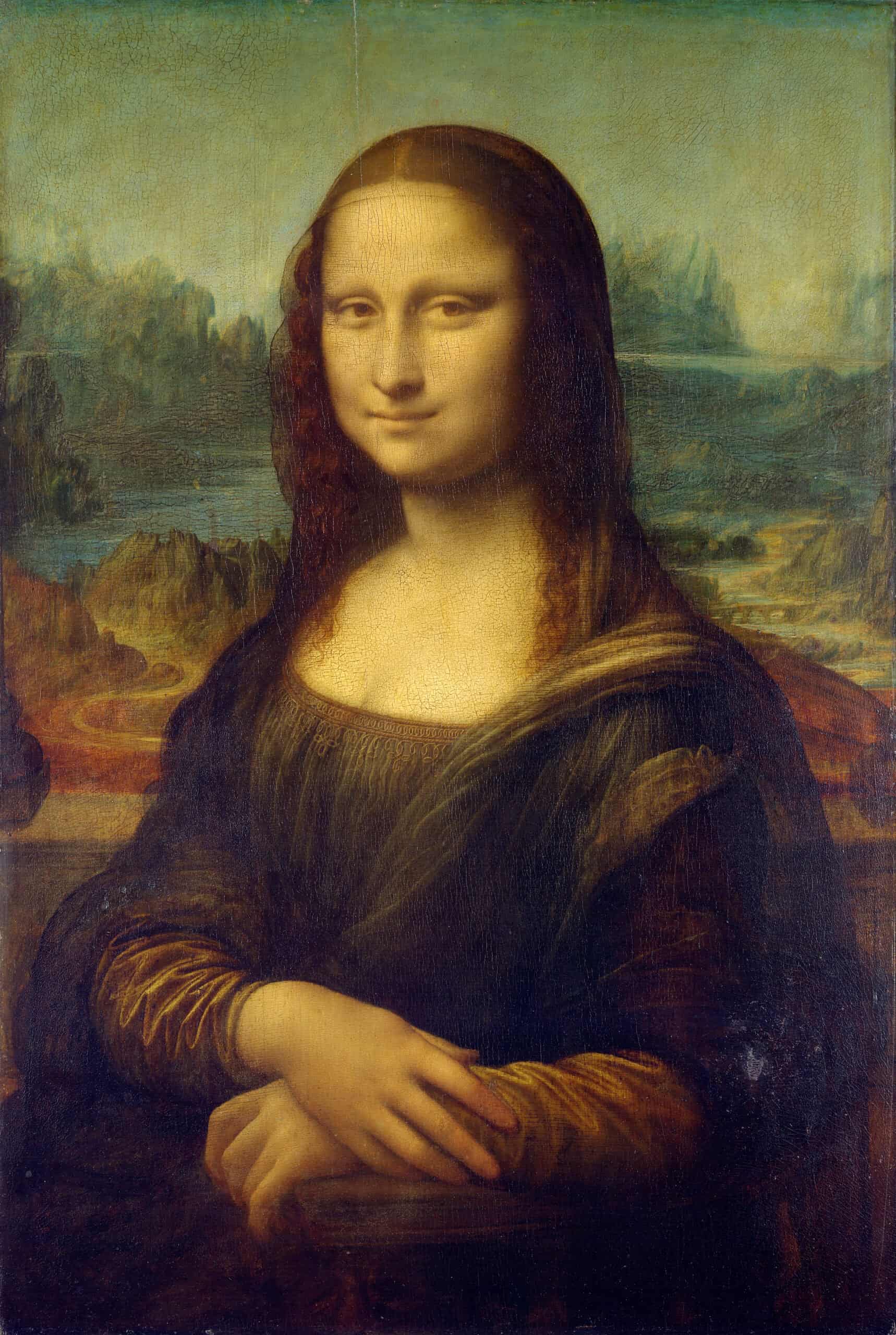
The Mona Lisa is arguably the most famous painting in the world. Leonardo da Vinci created this masterpiece between 1503 and 1506. It features a portrait of a woman with a mysterious smile, believed to be Lisa Gherardini. The painting is housed in the Louvre Museum in Paris. In terms of insurance, it holds a record-breaking value. In 1962, it was valued at $100 million. Adjusted for inflation, its present-day value exceeds $860 million, making it priceless in both artistic and monetary terms.
Diego Velázquez’s Las Meninas
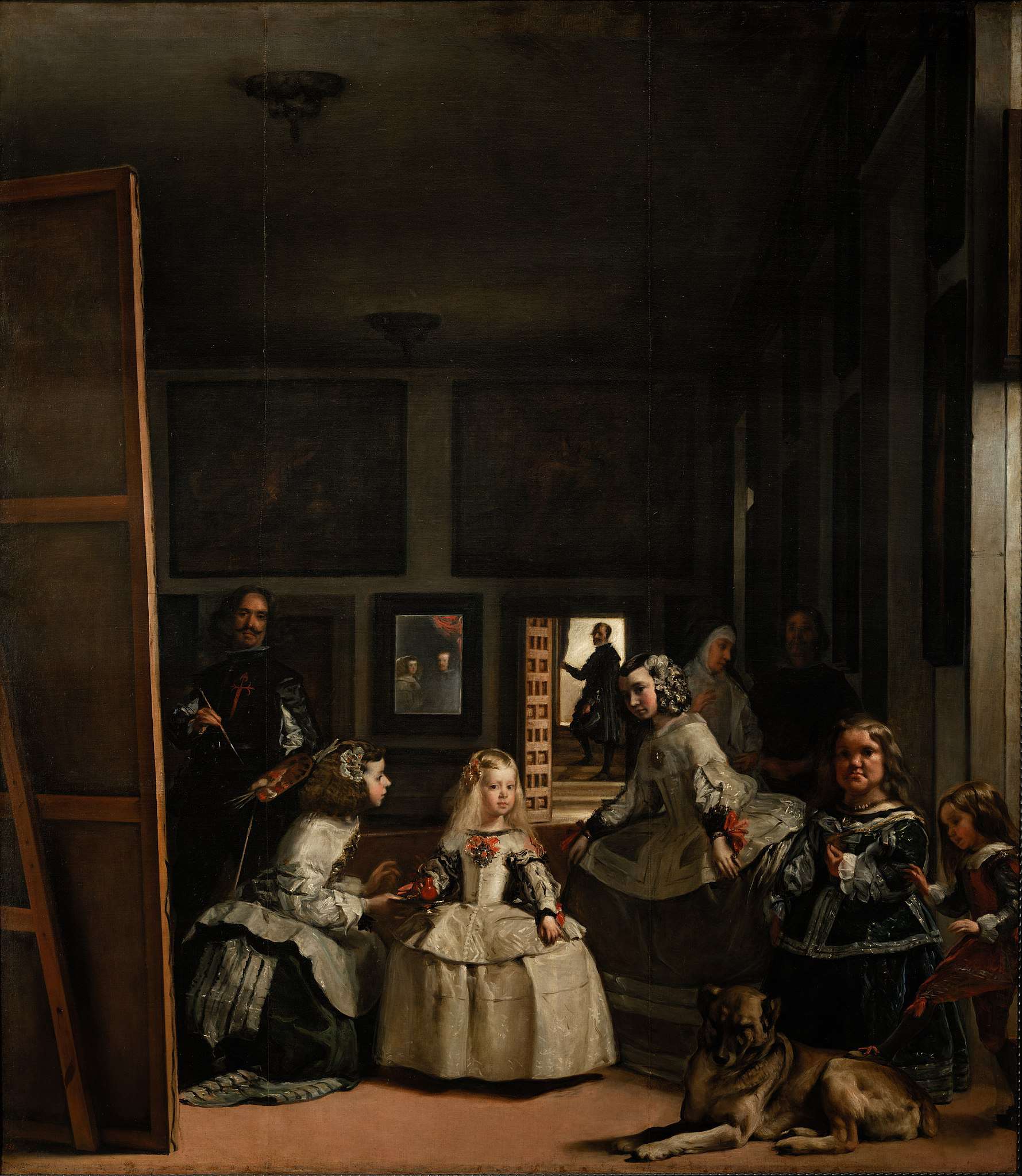
Diego Velázquez’s Las Meninas is a complex and intriguing masterpiece. Painted in 1656, it depicts the Spanish royal family, with Velázquez himself featured in the background. The painting is renowned for its use of perspective and light, creating a sense of depth and realism. Las Meninas is housed in the Museo del Prado in Madrid. Its estimated value exceeds $600 million, making it one of the most valuable paintings in the world.
Rembrandt’s The Night Watch
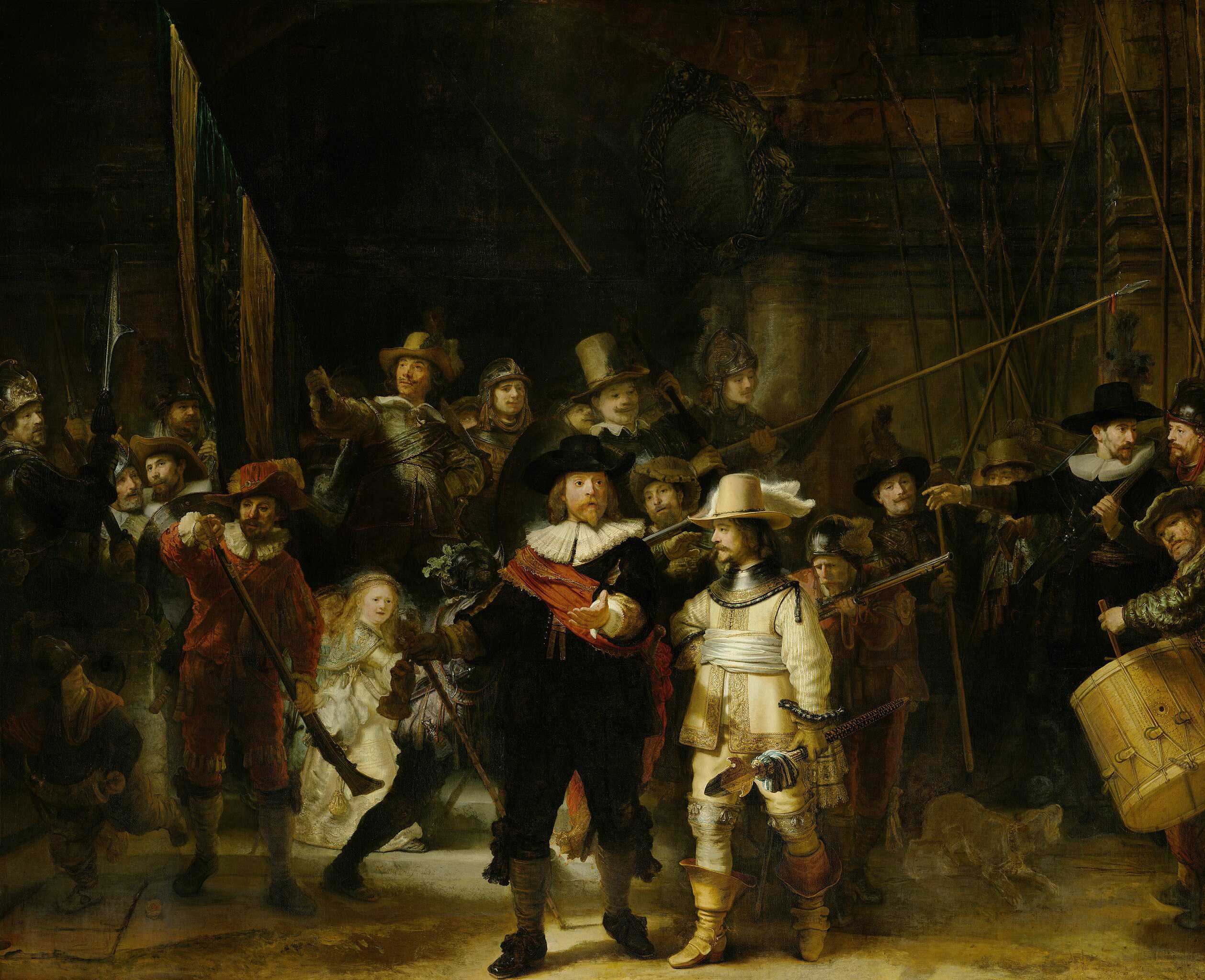
Rembrandt’s The Night Watch is a monumental painting created in 1642. This work depicts a group of Dutch militia, led by Captain Frans Banning Cocq. Known for its dramatic use of light and shadow, The Night Watch is a masterpiece of the Baroque period. It is currently displayed at the Rijksmuseum in Amsterdam. Although it has never been sold, the painting is valued at over $500 million, making it one of the most expensive paintings in history.
Pablo Picasso’s Guernica

Guernica by Pablo Picasso is a powerful political statement. This large mural, painted in 1937, depicts the horrors of war. It was inspired by the bombing of the town of Guernica during the Spanish Civil War. Picasso’s use of monochrome and distorted figures conveys intense emotion. The painting is housed in the Museo Reina Sofía in Madrid. While it has never been sold, Guernica is estimated to be worth over $200 million today, given its historical and cultural significance.
Gustav Klimt’s The Kiss
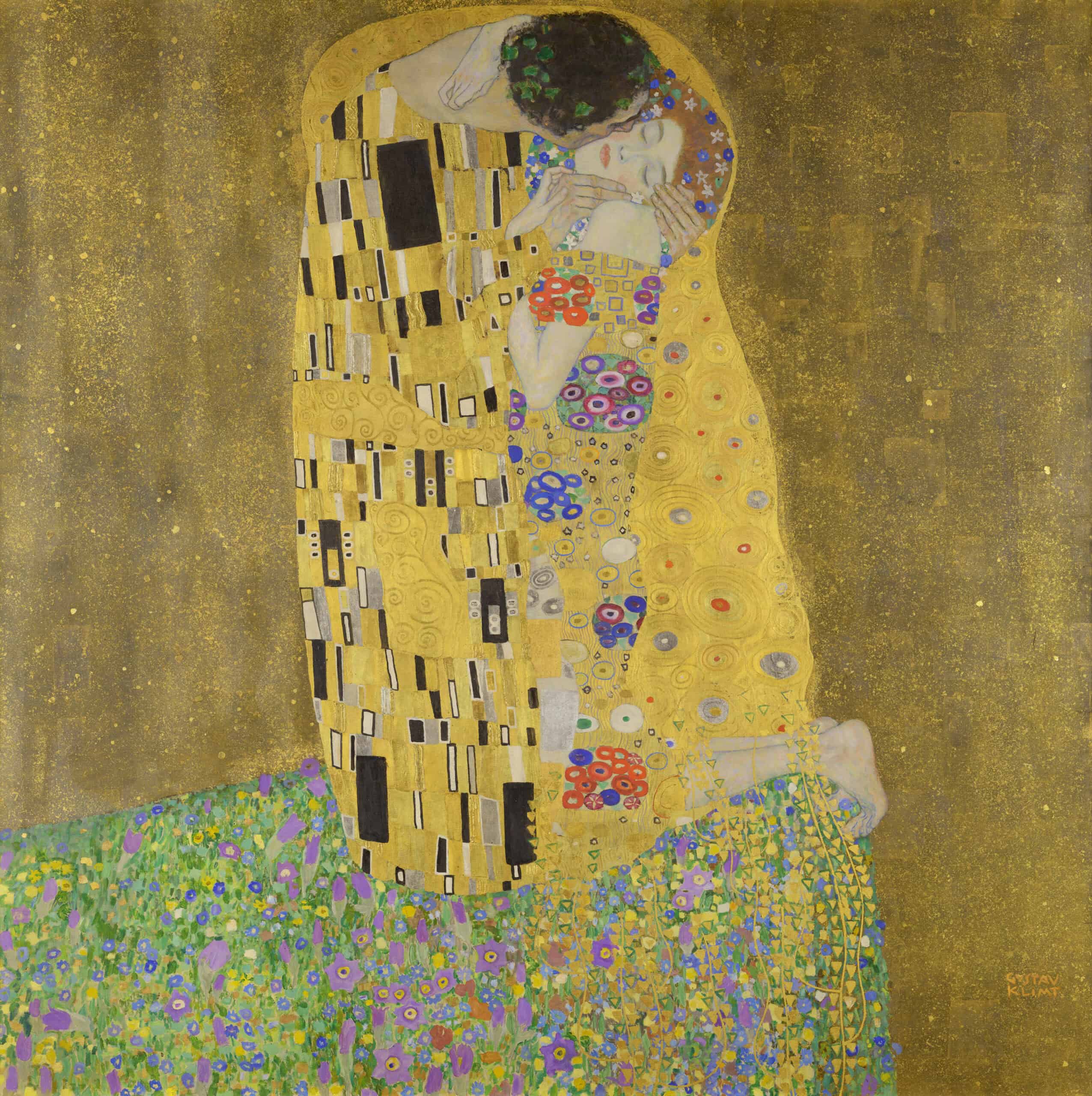
Gustav Klimt’s The Kiss is a symbol of love and intimacy. Painted between 1907 and 1908, this work features a couple locked in a tender embrace, adorned in elaborate gold patterns. The use of gold leaf gives the painting a luxurious and ethereal quality. The Kiss is housed in the Österreichische Galerie Belvedere in Vienna. Its estimated value today is around $200 million, reflecting its status as one of Klimt’s most celebrated works.
Edvard Munch’s The Scream
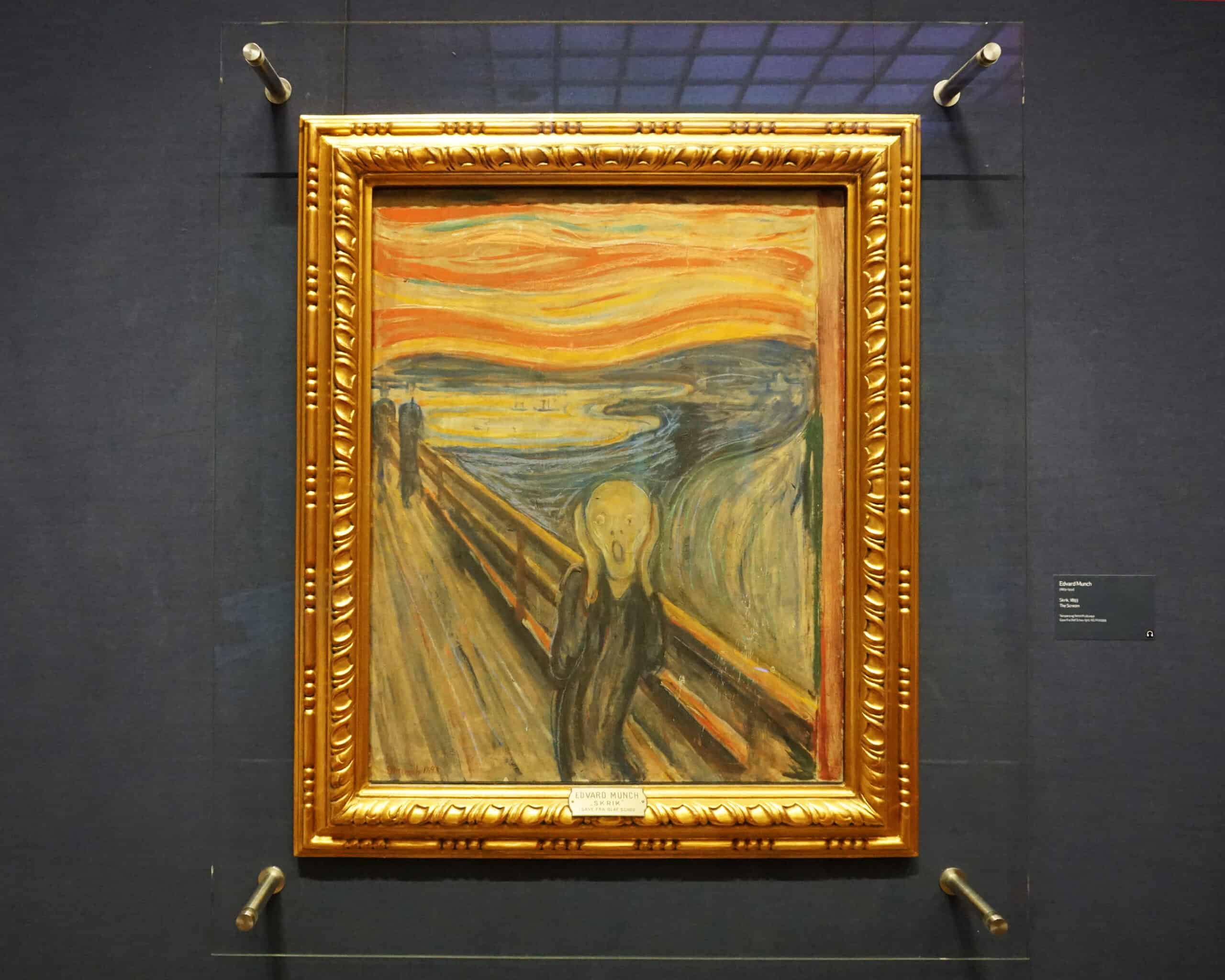
Edvard Munch’s The Scream is one of the most recognizable images in art history. Created in 1893, this expressionist work depicts a figure with an agonized expression against a blood-red sky. Munch’s use of color and line conveys deep emotional anguish. There are several versions of The Scream, but one sold at auction in 2012 for nearly $120 million. This sale price has cemented its status as one of the most valuable artworks in the world, with other versions estimated to be worth even more today.
Vincent van Gogh’s Starry Night

Vincent van Gogh’s Starry Night captures a swirling night sky over a quiet town. Painted in 1889, this iconic piece is one of van Gogh’s most famous works. The painting’s intense colors and bold brushstrokes have captivated audiences for generations. Starry Night is currently housed at the Museum of Modern Art (MoMA) in New York City. Although it has never been sold, experts estimate its value to be around $100 million, reflecting its immense influence on modern art.
Johannes Vermeer’s Girl with a Pearl Earring

Johannes Vermeer’s Girl with a Pearl Earring is often referred to as the “Mona Lisa of the North.” Painted in 1665, this captivating portrait depicts a young girl wearing a blue turban and a large pearl earring. The painting’s realism and use of light make it a masterpiece of the Dutch Golden Age. It is currently housed in the Mauritshuis in The Hague, Netherlands. Its estimated value is around $70 million, reflecting its enduring appeal and artistic mastery.
Michelangelo’s David

Michelangelo’s David is one of the most iconic sculptures in the world. Carved from a single block of marble between 1501 and 1504, this Renaissance masterpiece stands over 17 feet tall. The sculpture represents the biblical hero David, poised before his battle with Goliath. David is currently housed in the Galleria dell’Accademia in Florence. Its value is considered priceless due to its cultural and historical significance, though some estimates place it at over $200 million.
Claude Monet’s Water Lilies
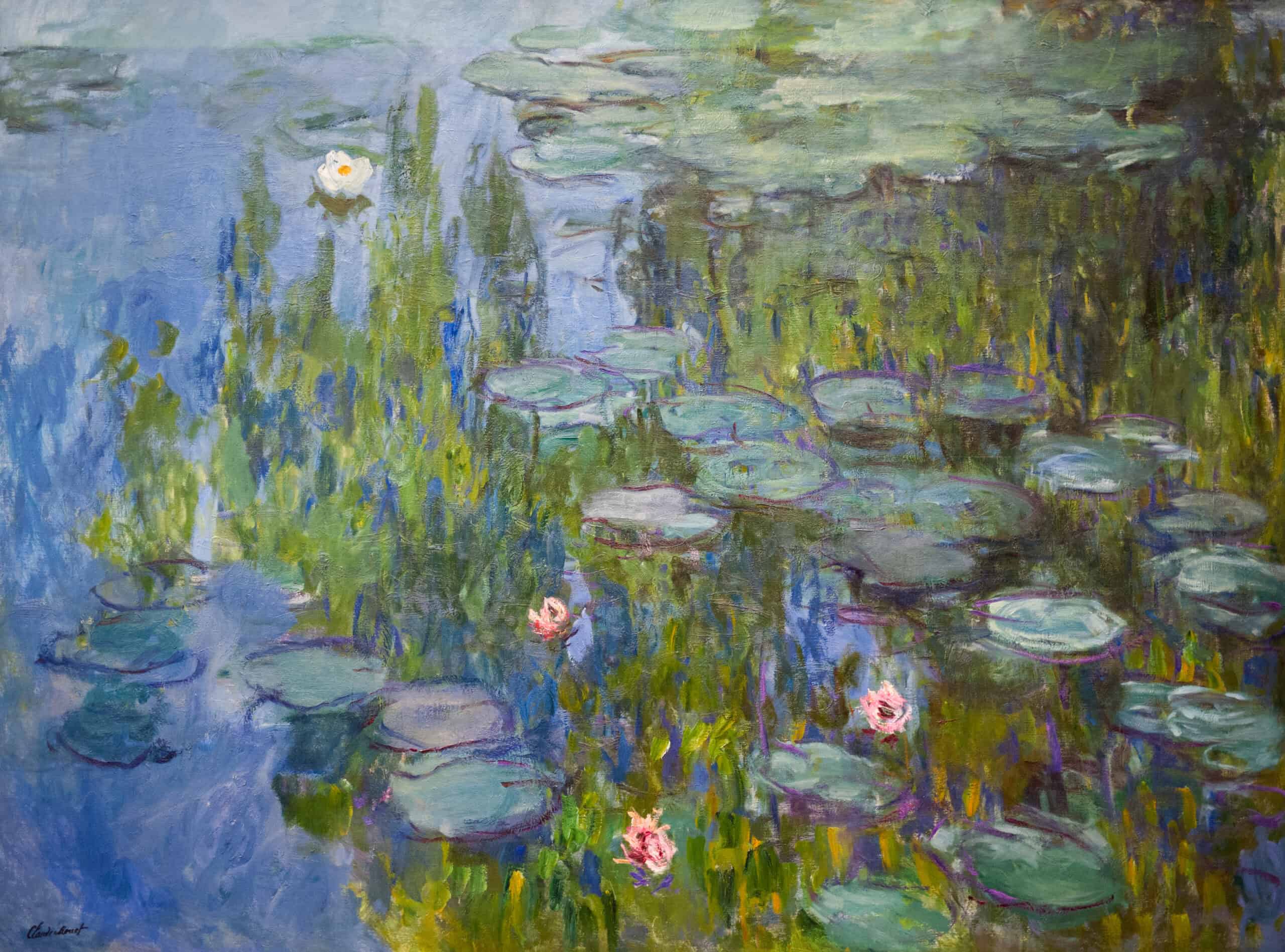
Claude Monet’s Water Lilies is a series of approximately 250 paintings. Created between 1896 and 1926, these works capture the tranquil beauty of Monet’s garden in Giverny, France. The paintings are known for their soft brushstrokes and vibrant colors, which convey a sense of peace and reflection. Individual pieces from the series have sold for over $80 million at auction. Collectively, the series is valued at more than $1 billion, making it one of the most valuable in the art world.
Francisco Goya’s The Third of May 1808
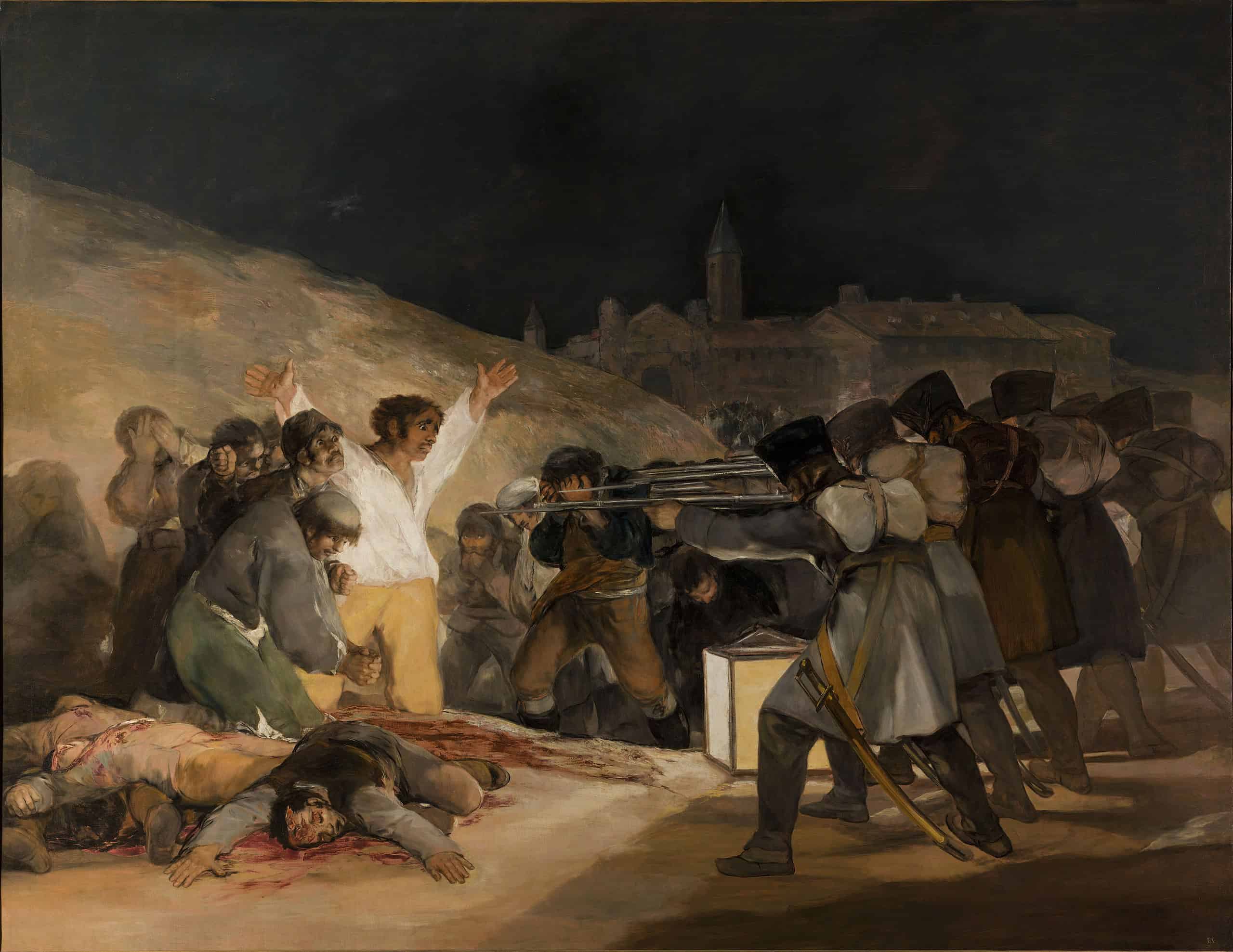
Francisco Goya’s The Third of May 1808 is a powerful depiction of war’s brutality. Painted in 1814, it portrays the execution of Spanish rebels by French soldiers. Goya used dramatic lighting and stark contrasts to convey intense emotion. The painting is housed in the Museo del Prado in Madrid. Though it has never been sold, its estimated value is around $150 million. Its historical significance adds immeasurable worth.
Sandro Botticelli’s The Birth of Venus
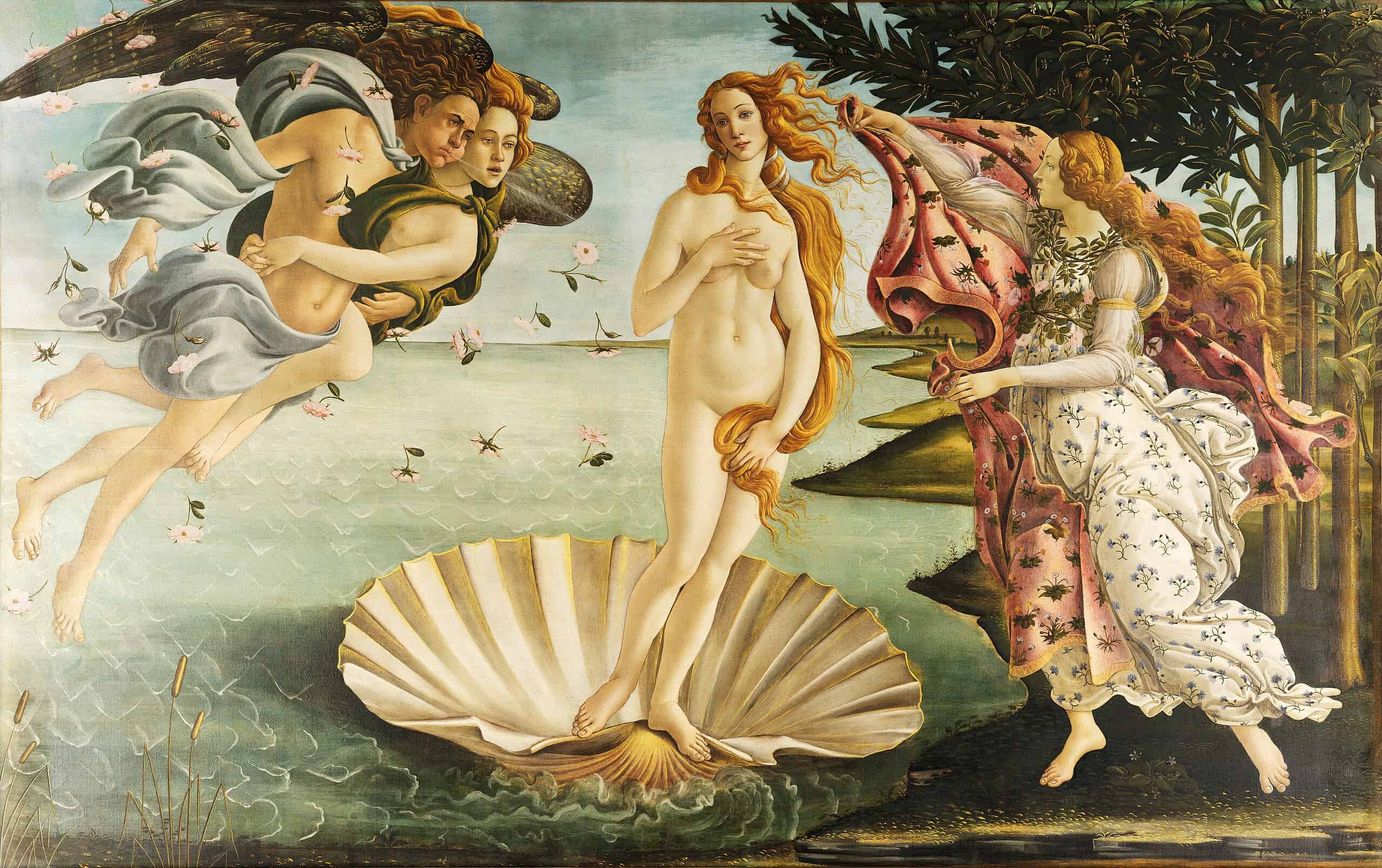
Sandro Botticelli’s The Birth of Venus is an iconic representation of classical beauty. Painted in the mid-1480s, it depicts the goddess Venus emerging from the sea. The painting’s flowing lines and soft colors make it a masterpiece of the Italian Renaissance. It is housed in the Uffizi Gallery in Florence. While it remains unsold, its estimated value exceeds $500 million. This immense worth reflects its cultural and artistic importance.
Georges Seurat’s A Sunday Afternoon on the Island of La Grande Jatte
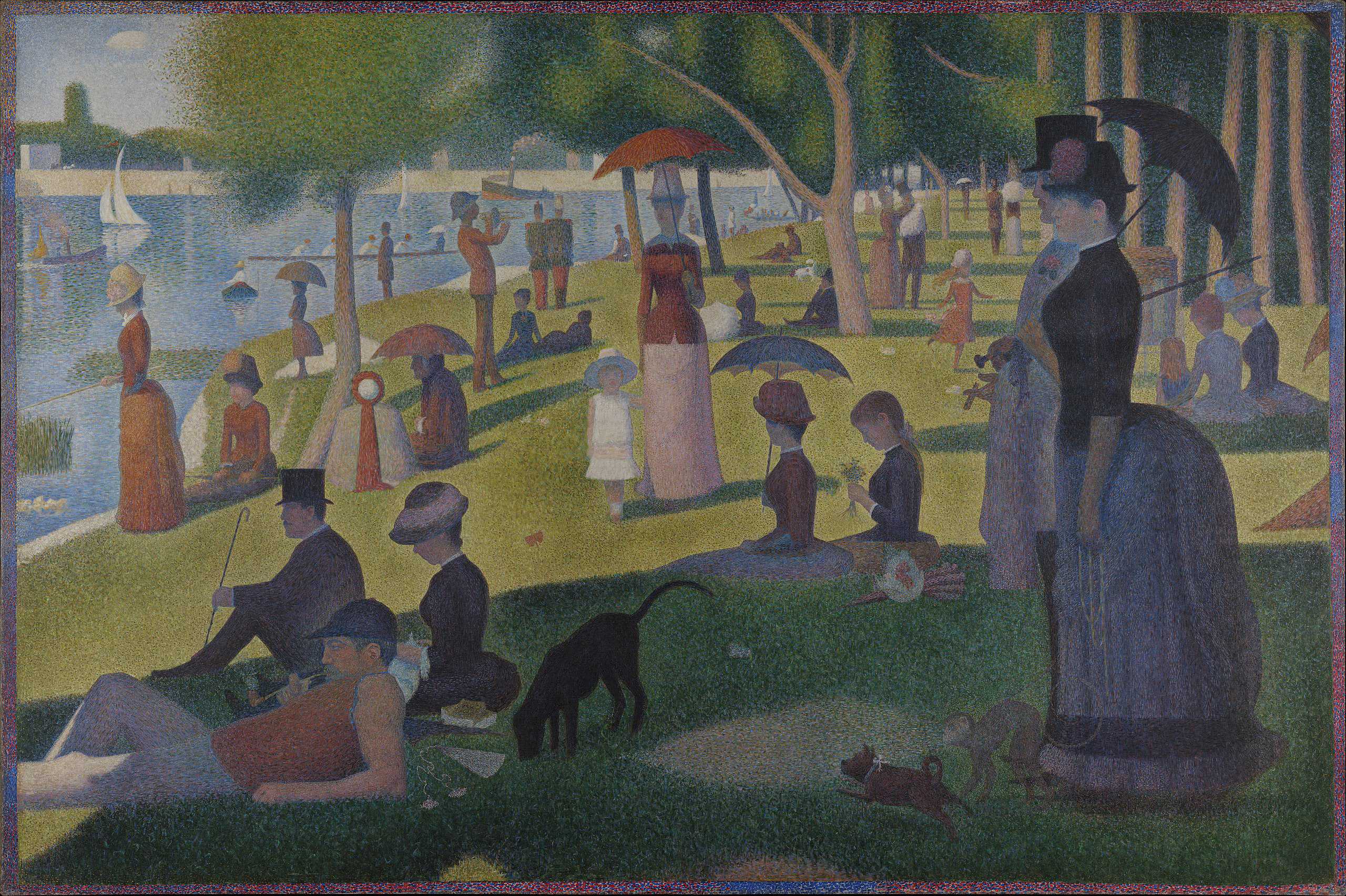
Georges Seurat’s A Sunday Afternoon on the Island of La Grande Jatte is a prime example of pointillism. Created between 1884 and 1886, this large painting captures Parisians enjoying a day by the Seine. Seurat’s meticulous technique involved painting tiny dots of color. The work is currently housed in the Art Institute of Chicago. Its estimated value is around $300 million, showcasing its influence on modern art.
Salvador Dalí’s The Persistence of Memory
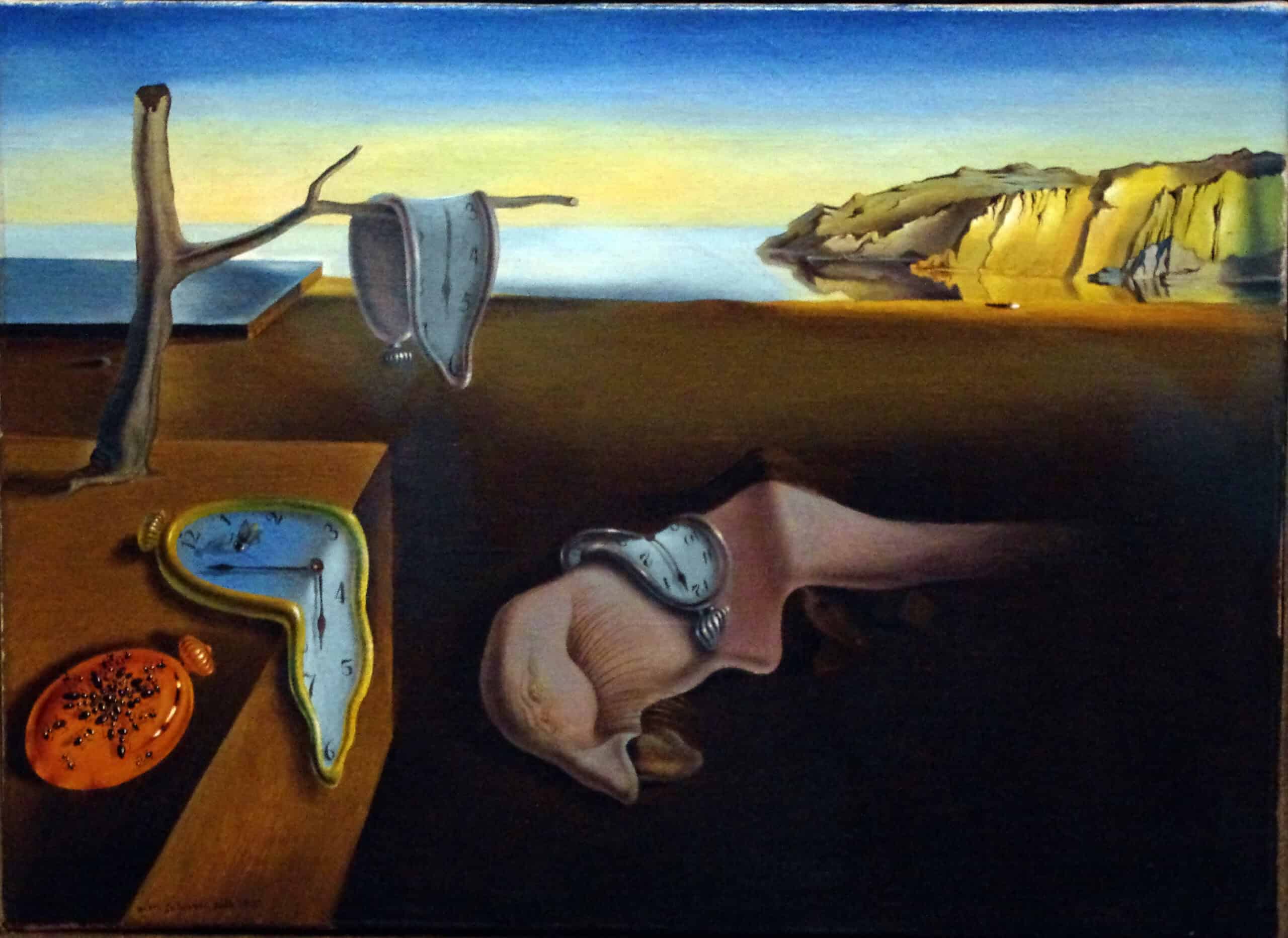
Salvador Dalí’s The Persistence of Memory is famous for its melting clocks. Painted in 1931, this surrealist masterpiece explores the fluidity of time. The painting’s dreamlike quality is enhanced by its barren landscape. It is housed in the Museum of Modern Art (MoMA) in New York. While it has never been sold, its estimated value is around $150 million. Its cultural impact and unique style make it priceless.
Édouard Manet’s Olympia
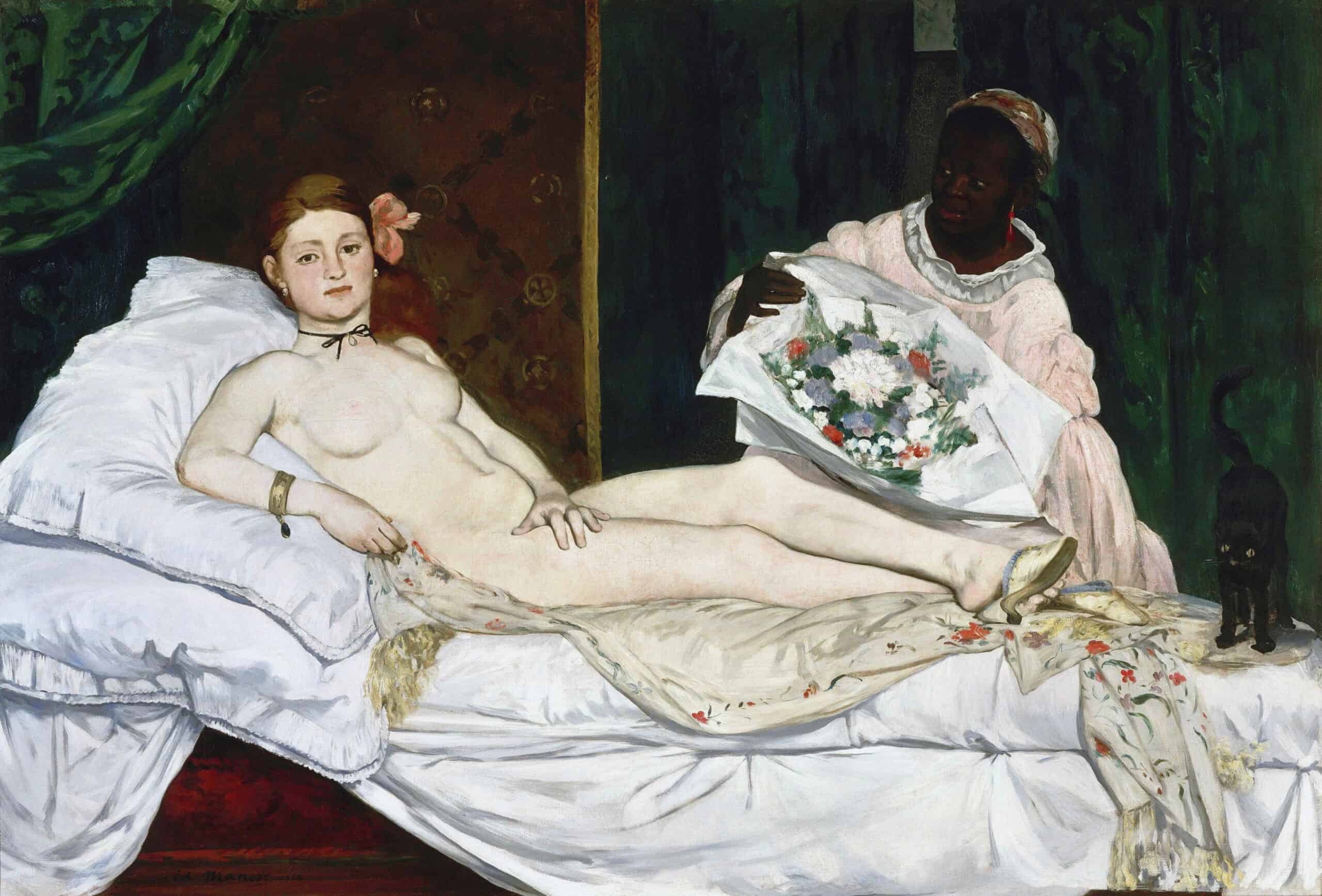
Édouard Manet’s Olympia caused a sensation when it was first exhibited in 1865. The painting features a reclining nude woman, gazing directly at the viewer. Its stark realism and modern subject matter challenged traditional art norms. Olympia is currently housed in the Musée d’Orsay in Paris. Its estimated value is over $200 million, reflecting its role in shaping modern art.
Raphael’s The School of Athens
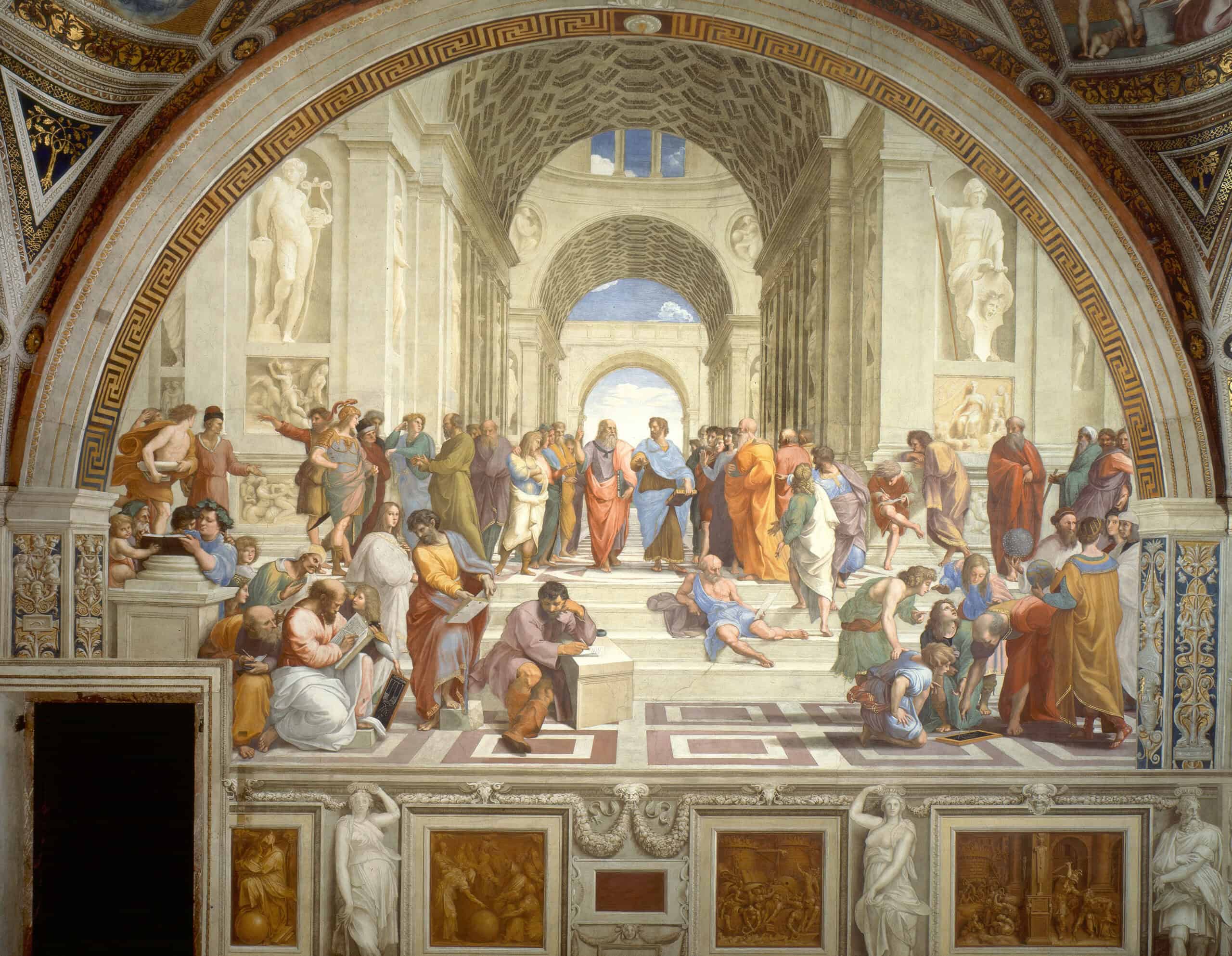
Raphael’s The School of Athens is a fresco that celebrates philosophy. Painted between 1509 and 1511, it features ancient philosophers like Plato and Aristotle. The fresco’s composition and use of perspective are masterful. It is housed in the Vatican’s Apostolic Palace. While it cannot be sold, its value is considered priceless. This work is a cornerstone of Renaissance art.
Jan van Eyck’s The Arnolfini Portrait
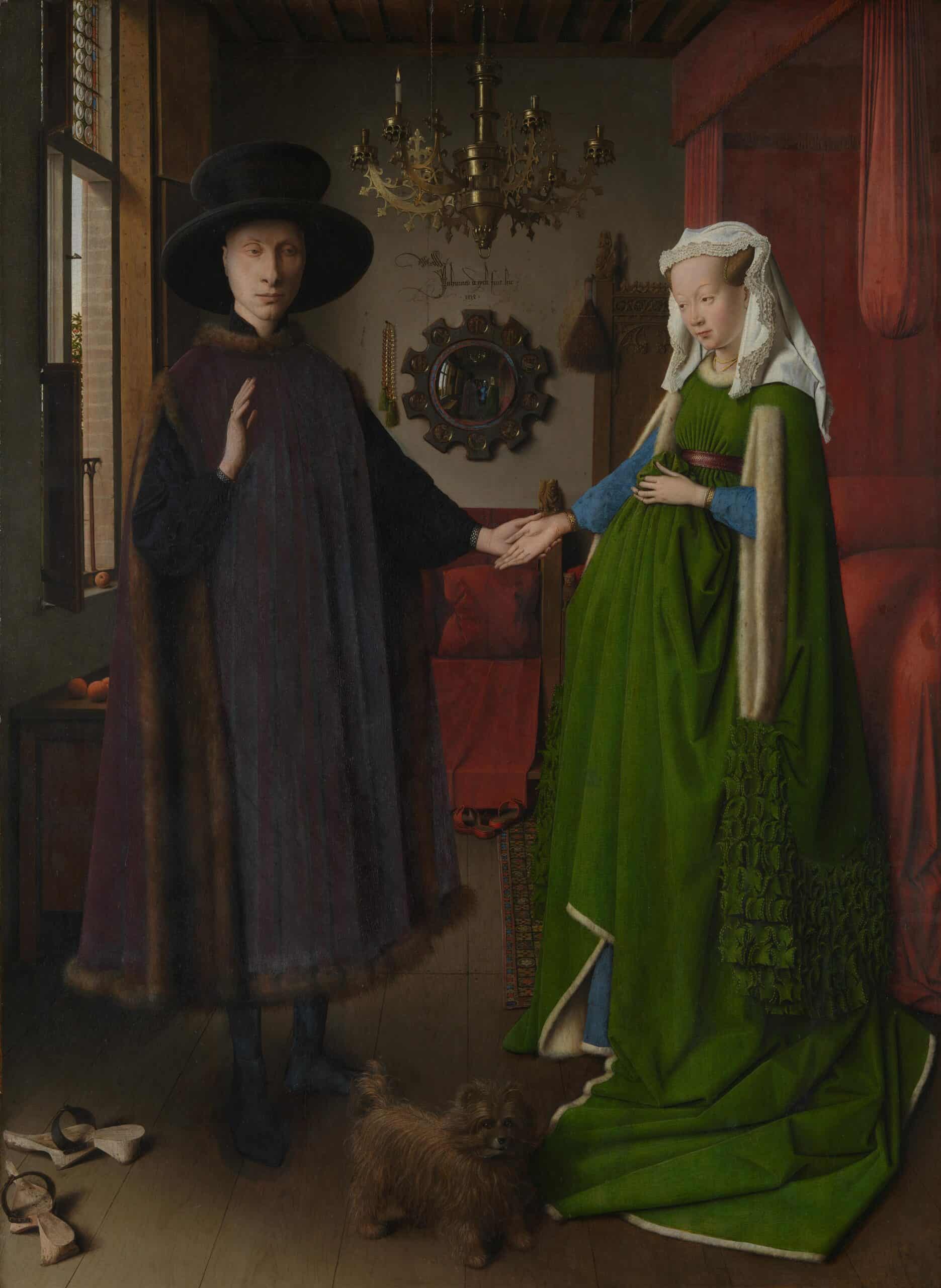
Jan van Eyck’s The Arnolfini Portrait is a masterpiece of early Northern Renaissance art. Painted in 1434, it depicts a wealthy couple in a domestic setting. The painting is renowned for its detail, particularly the use of light and texture. It is currently housed in the National Gallery in London. Its estimated value is around $200 million, a testament to its intricate craftsmanship and historical significance.
Caravaggio’s The Calling of St. Matthew

Caravaggio’s The Calling of St. Matthew is a stunning example of Baroque art. Created between 1599 and 1600, the painting captures the moment Jesus calls Matthew to follow him. Caravaggio’s use of chiaroscuro, the contrast of light and dark, creates a dramatic effect. The work is housed in the Contarelli Chapel in Rome. Though it has never been sold, its estimated value is over $150 million. This value reflects its revolutionary impact on art.
Albrecht Dürer’s Praying Hands
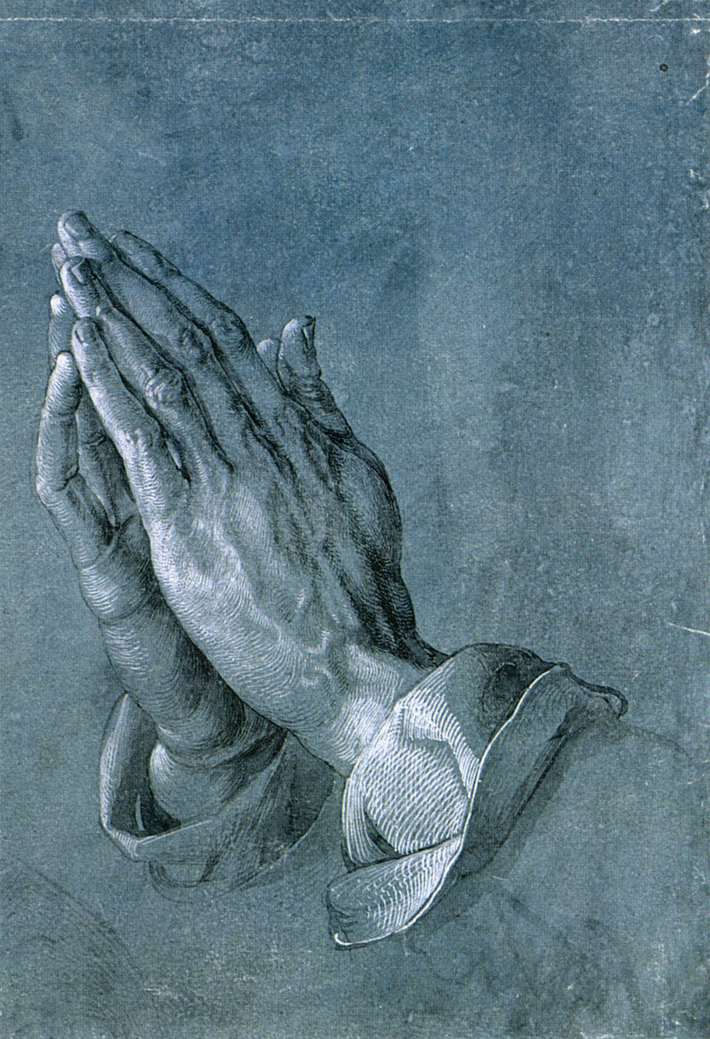
Albrecht Dürer’s Praying Hands is a simple yet powerful drawing. Created in 1508, it depicts two hands clasped in prayer. The drawing is part of a study for an altarpiece and is renowned for its detail and realism. The original drawing is housed in the Albertina Museum in Vienna. Its estimated value is around $50 million, reflecting its significance as a symbol of piety and devotion.
Henri Matisse’s The Dance

Henri Matisse’s The Dance is a vibrant expression of movement and color. Painted in 1910, the work features five figures dancing in a circle. The bold use of color and simple forms exemplifies Matisse’s style. The painting is housed in the Hermitage Museum in St. Petersburg. Its estimated value is around $150 million, a reflection of its influence on modern art and its joyful depiction of life.
This article originally appeared on Rarest.org.
More from Rarest.org
8 Most Costly Restaurants for Fine Dining

When it comes to luxury dining, some restaurants elevate the experience to an art form. These establishments are known for their exquisite cuisine, opulent settings, and impeccable service. Read More.
10 Most Lucrative Talent Agencies in Entertainment

The entertainment industry is fueled by the talent agencies that shape the careers of top artists. These agencies are known for their powerful connections and lucrative deals. Read More.
14 Quaint Neighborhoods You’ve Never Heard Of in Famous Cities

In bustling metropolises around the world, there are hidden gems waiting to be discovered. These quaint neighborhoods, often overshadowed by their city’s more famous areas, offer a unique charm and character all their own. Read More.
